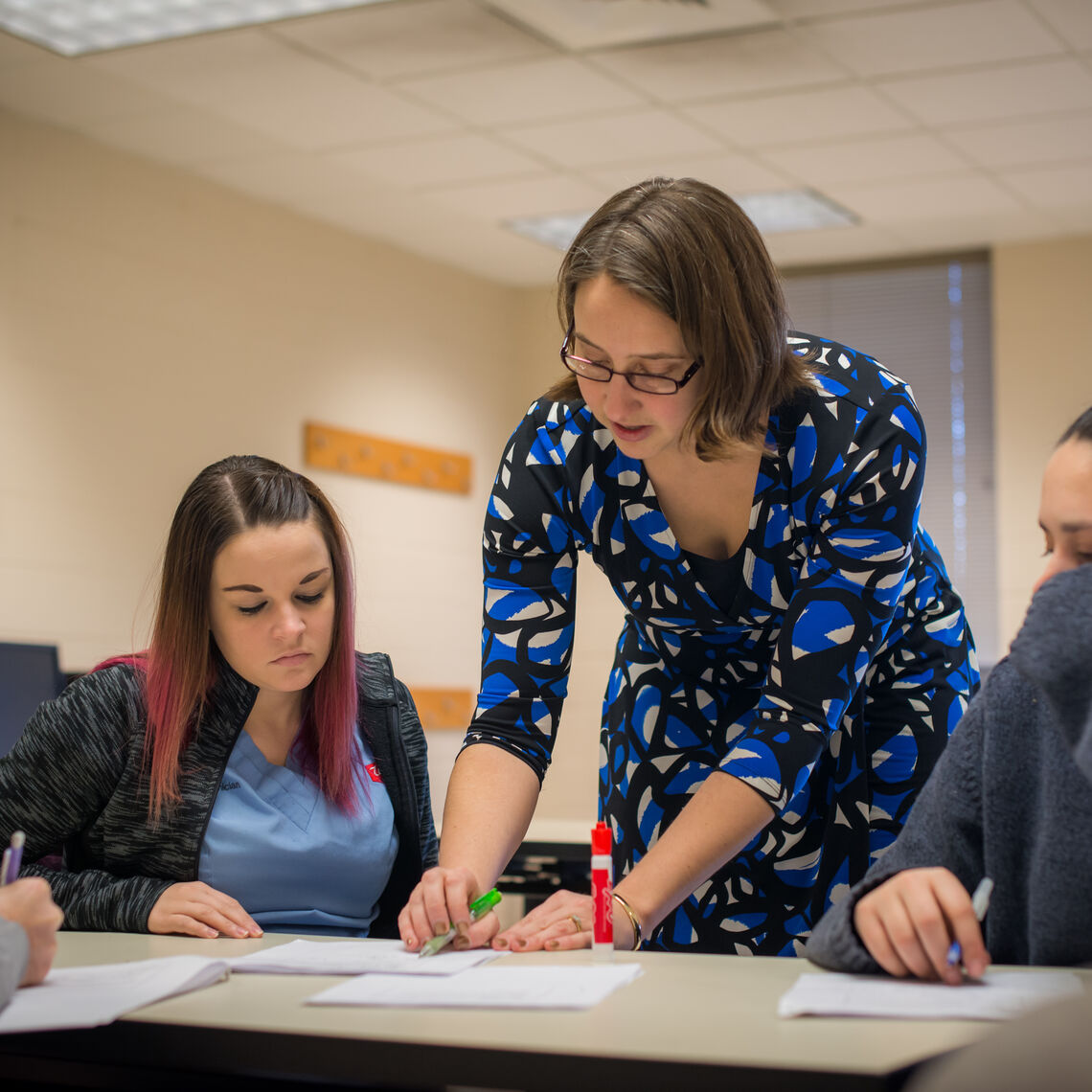The research is out there—active learning classrooms are more effective than more traditional classroom techniques.
By engaging students in the learning process, both students and instructors get more frequent feedback and can adjust accordingly. Active learning classrooms also build valuable social skills through collaboration and interaction with other students. And importantly, active learning is more inclusive because the experience becomes more personalized.
As an active learning advocate, I share links about this all the time on my social media. But a little bit ago, a friend who isn’t part of the education arena sent me a personal message asking why I keep sharing this information. Her question was: if this is so much better why aren’t all educators already using it?
Initially, this question made me roll my eyes. I could give her hundreds of reasons why. Even when you know a method is better, it is scary to change, especially when you might be the only person locally who is applying these techniques. -Risking retention in your highly sought-after position at the institution of your choice is a hard step to take. Changing your daily routines after 5, 10, 15, or even 20 years of experience, especially when you have optimized them into a manageable workload, seems overwhelming. Even after that first year in the classroom, jumping stream seems untenable. Plus, even if I am ready to make the change, will the administration/students/parents push back? Because they will. And would I blame them? I also learned through traditional lecture and I am deemed successful. Plus, most in that position simply don’t know how to even get started making the classroom active.
Indeed, jumping into active learning can seem like a jump into perilous waters professionally. It’s also daunting. In my own experience, the step became plausible after I found POGIL. I had learned about active learning, and believed in it, but often I was being lectured to in the least-active classroom about how I should engage my students. I had the ideas, but I was missing the modeling. Still, when I pictured how I would teach, I envisioned myself in the front of a large group of students and talking.
Participating in my first POGIL workshop changed all that for me. Suddenly, I could picture what effective learning could be, with me as the instructor alongside my students. I didn’t have to recreate the wheel—POGIL had laid out a road map for me. The POGIL workshop actually used its structure to help me learn what effective, active learning could be. Seeing the application of collaborative learning and constructivist theory in action expanded my thinking and gave me a glimpse about how I could make what seemed impossible now attainable.
Also important was the relationships I built with the other participants in the workshop, and even the facilitators!
I now had a framework to build off, and a set of expert facilitators to observe and learn from. As I attended more events, I built relationships with other participants and even the facilitators. Soon, I had in my back pocket a network of like-minded educators to lean on when I became so frustrated I wanted to hide.
Because moving fully into active learning was hard, but when I take a step back I realize that through modeling and community, The POGIL Project gave me a ladder and a framework with a solid foundation that provided tested pedagogy and props along the way through mentorship and professional development opportunities.
How did I respond to my friend? At the time, I gave some flippant remark that dismissed my colleague’s challenges. I won’t share that with you. But what I should have said was: “It is hard work. And they need support to make the jump. POGIL did that for me.”
Kristin Plessel, University of Wisconsin-Whitewater at Rock County

Active Learning is Hard, but POGIL Provides Support
Monday August 8th, 2020